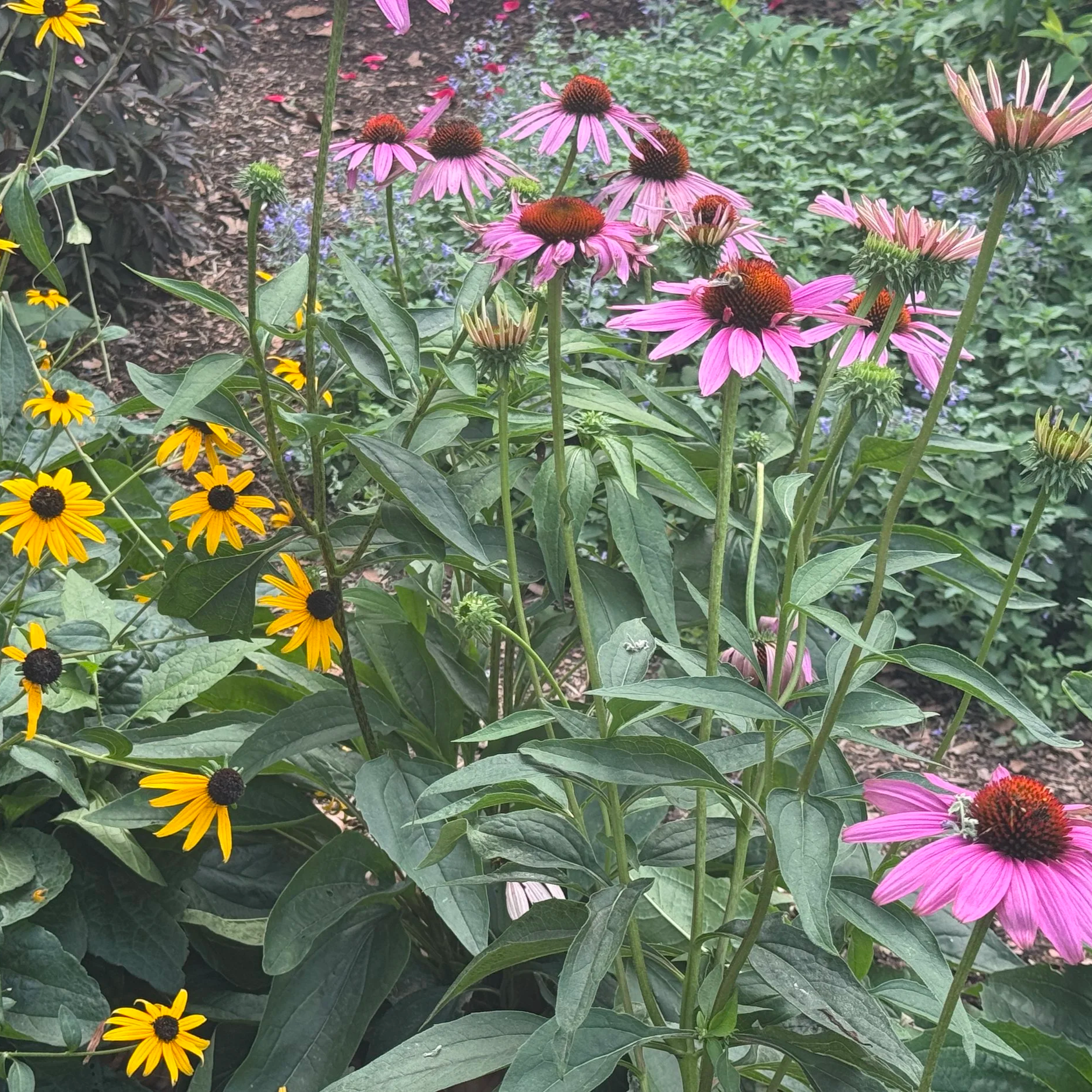Compost in Cadman Plaza Park
The Cadman Park Conservancy is in the process of developing hot compost in Cadman Plaza Park.
Research from intern Rosemary Sanders on Mastering the Art of Hot Composting
The most commonly made and most labor intensive method of composting is hot composting, also known as active composting. Hot composting creates compost in a relatively short amount of time, making it an appealing option. For this method, a bin or space for a pile of at least 27 cubic feet is needed. The large space allows for temperatures to get to the ideal range of 130-170 degrees Fahrenheit, creating an ideal environment for a variety of microorganisms to thrive.
The pile should be a combination of browns (materials high in carbon) and greens (materials high in nitrogen), with an ideal ratio of 3 parts browns to 1 part greens. The pile should be wet, but not too wet. The consistency should remind you of a damp sponge. If the pile looks too dry, add more greens and spray it with water. If the pile looks too wet, aerate the pile or add more browns.
Regularly sprinkle water over the pile, but be careful not to let the pile get too damp as it will begin to rot. The compost pile should be warm, make sure to monitor the temperature occasionally, either by testing it with a compost thermometer or with your hand.
Weekly, turn the pile to aerate it and provide oxygen to the microorganisms. The best time to do this is when the pile is between 130 and 150 degrees Fahrenheit.
Once the compost appears dark brown, allow it to sit for two weeks to stabilize the nutrients. Now you have created compost!










